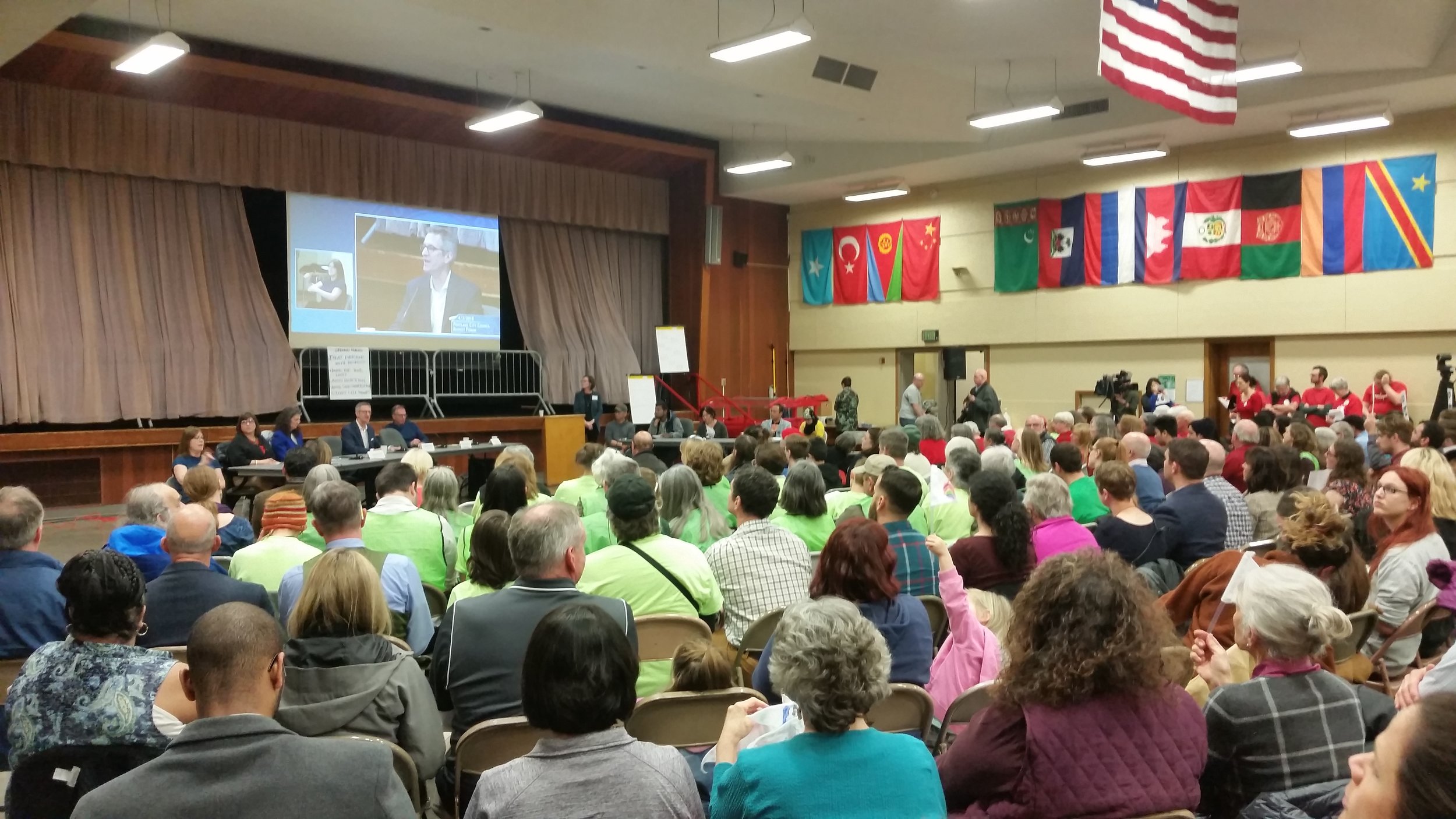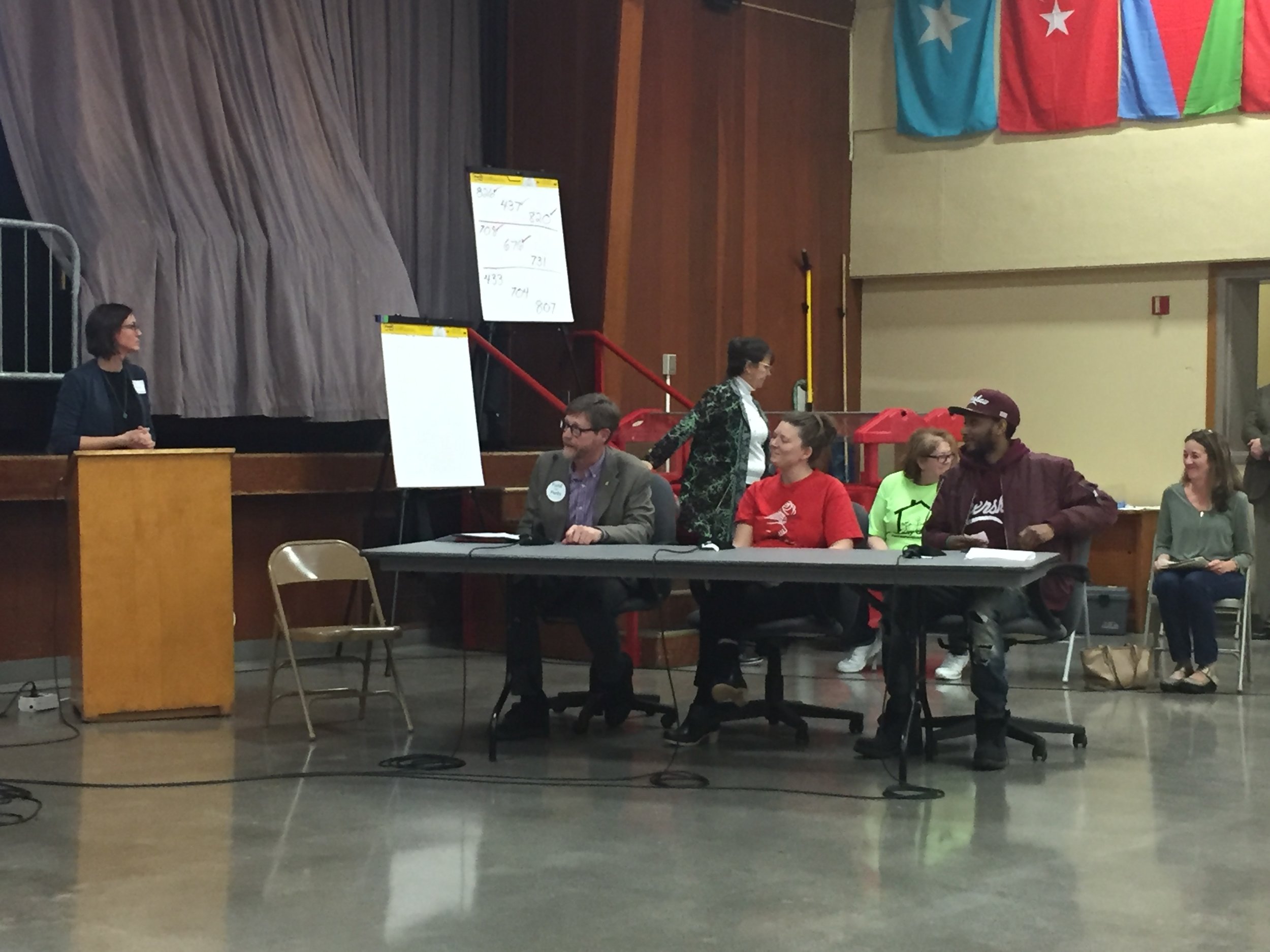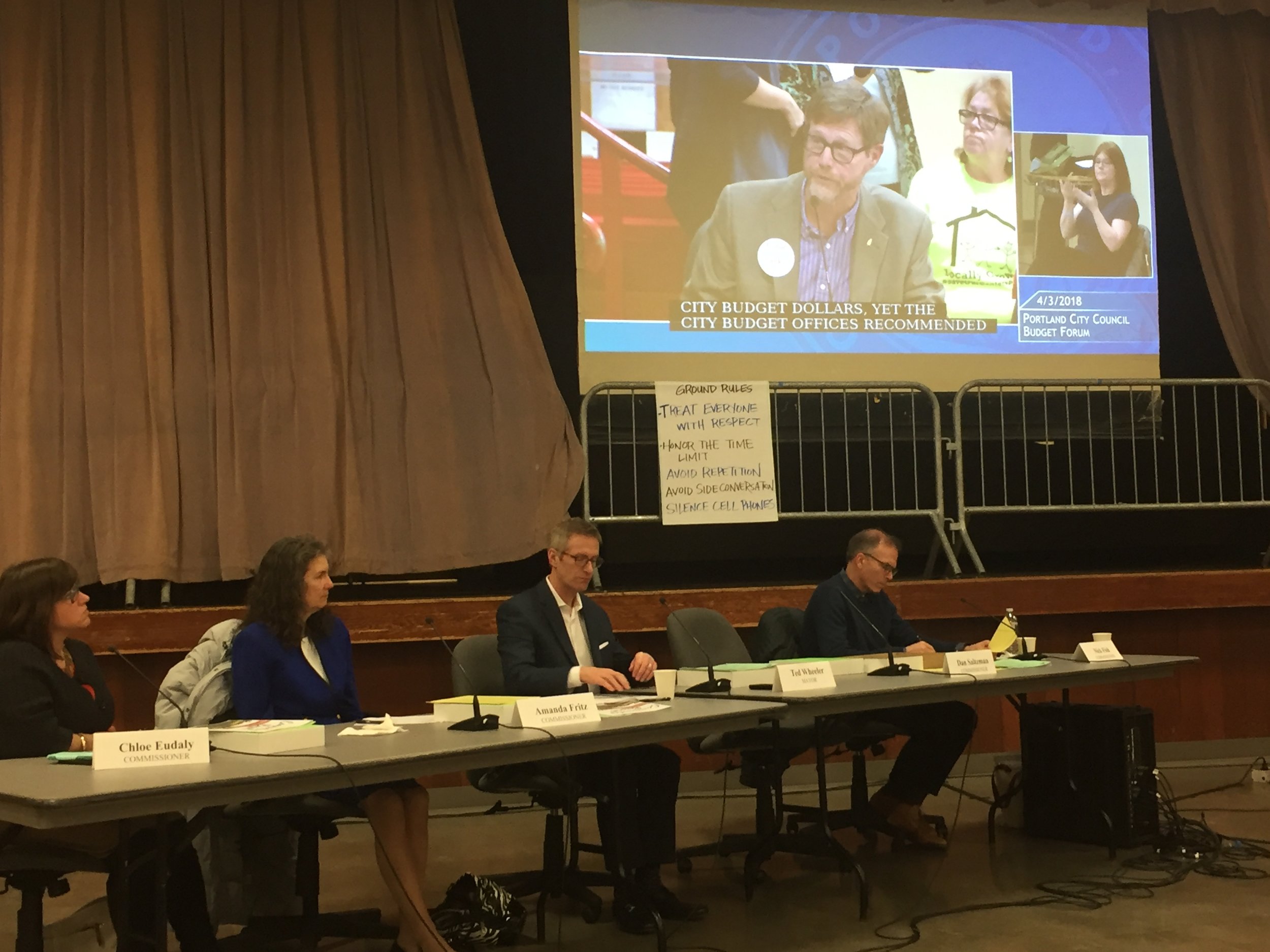As we wind down Portland’s first City of Gardens Month, what better time to enjoy a moment in one of our most storied—but to many Portlanders today, least known—public gardens: Elk Rock, or as it is sometimes called, “Bishop’s Close.”
First the historic. We welcome to our guide one of our most storied—but to Portlanders today, least known—public gardens: Elk Rock, or as it is sometimes called, “Bishop’s Close.” Located just off Highway 43, between Portland and Lake Oswego, it took shape on between the 1890s and the mid-1950s on the estate of Peter Kerr. Now owned by Oregon’s Episcopal Diocese, the garden is still open, quietly, to the public and is well worth searching out, particularly in the early morning light.
The garden wears the fingerprints of legendary park designer John C. Olmsted, Portland’s first parks superintendent Emmanuel Mische, and one Portland’s greatest garden designers Wallace K. Huntington. But the guiding hand for its decades-long development was its owner, Peter Kerr, a Scotsman who learned the craft of gardening from books, friends, and the great designers he worked with (whose recommendations he often ignored).
A businessman who made a fortune in grain after years of economic ups and downs, Kerr developed “what is possibly the oldest surviving private landscape garden in the Pacific Northwest,” according to historian Eileen Fitzsimons. “In his six decades at Elk Rock, he grafted memories of his youth in southwestern Scotland onto an initially unfamiliar landscape. He grew to understand the physical limitations of the property and his garden changed: he experimented, made compromises and sought professional advice. His property at the end of Military Lane was a private domain, a refuge from a business world that was stressful and unpredictable.”
Early in Kerr’s ownership, he hired John C. Olmsted (nephew and adopted son of Frederick Law Olmsted) to develop a site plan for the steep, hillside side overlooking the Willamette River. He later hired Mische, an engineer in Olmsted’s Boston office who later moved to Portland to become parks superintendent, to further evolve the design to integrate a new home. Though Kerr took both designers’ plans more as suggestions than maps, the Olmstedian bones remain clear, particularly in the picturesque composition of the stone walls and trees and captured views of Mount Hood, Elk Rock Island, and the river. The plantings, a mix of sturdy old natives and long-adapted exotics have changed over the decades. But historian/designer Wallace K. Huntington, who worked on the garden for a decade, left his mark, too, with his typically light nudging of the natural landscape into formality.
There’s nothing quite like Elk Rock in the region. Kerr’s heirs left to the Diocese under the condition the garden be open to the public. A small endowment Kerr left helps pay for upkeep, organized by a volunteer group. It’s well worth a visit—but a quiet, contemplative one. And don’t forget to leave a donation!

























